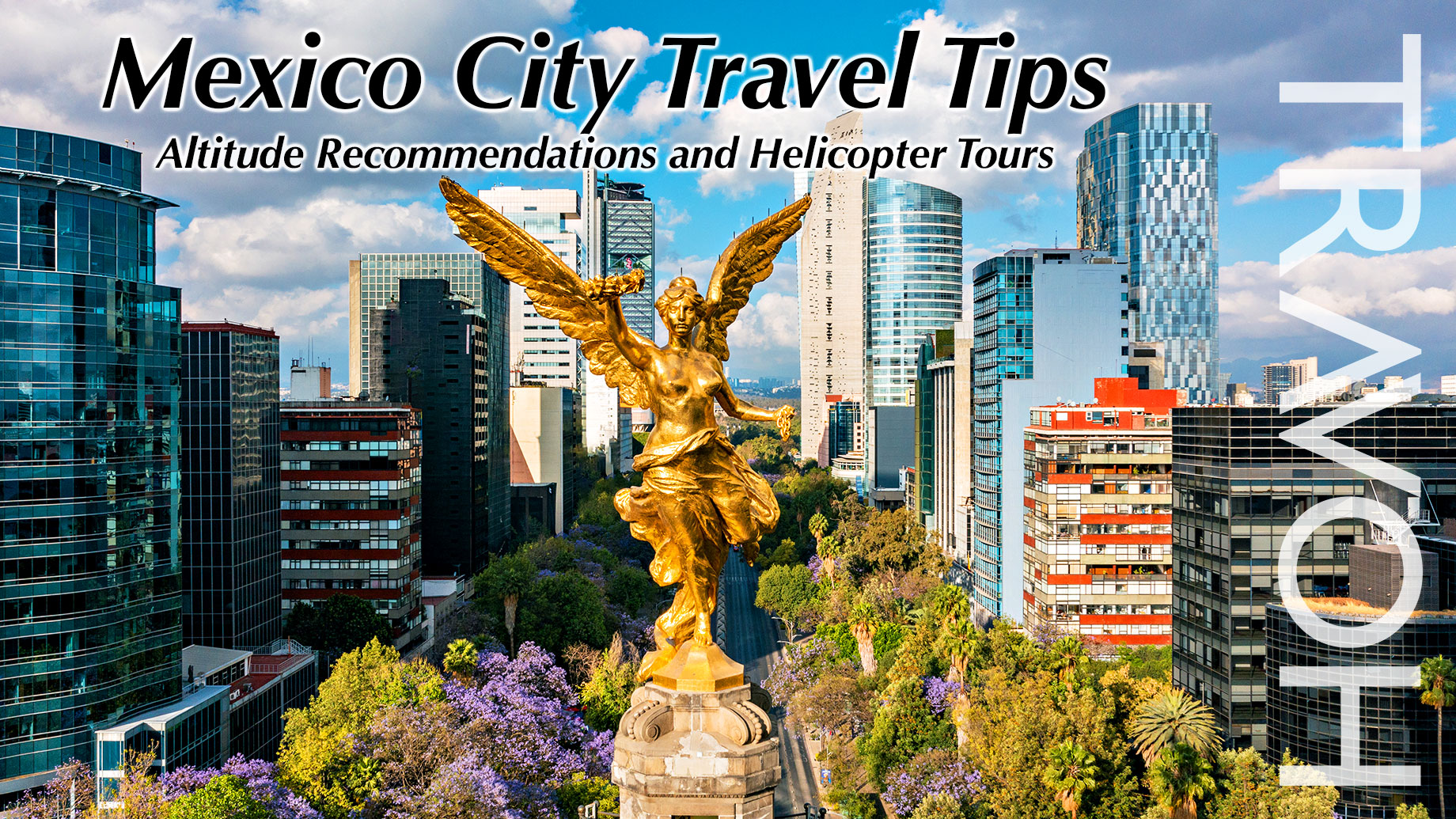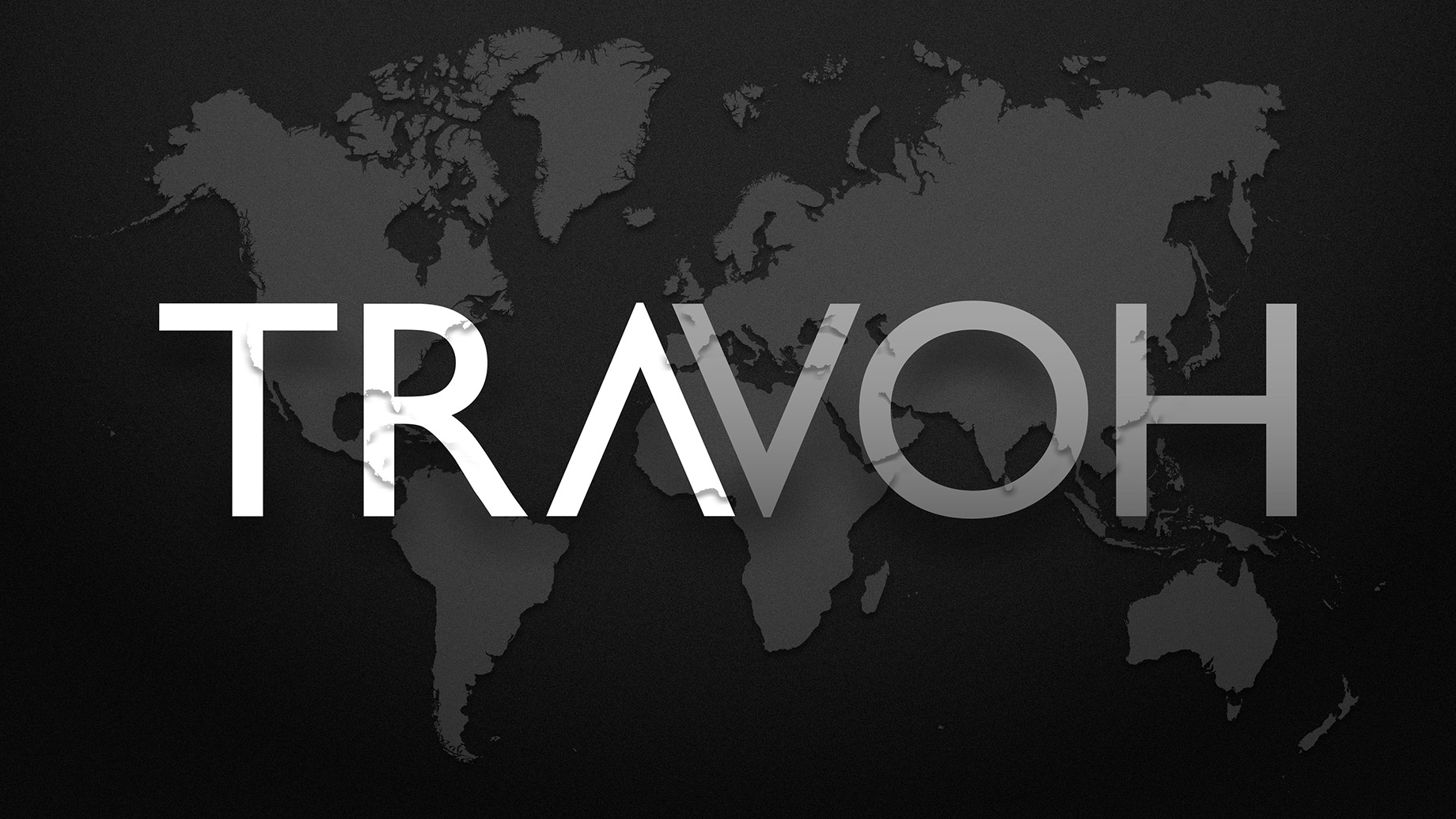
Mexico City altitude in feet, standing at 7,350 above sea level, offers a dynamic canvas of culture, history, and modernity, positioning it as a distinctive travel destination (MexicoHelicopter.com, n.d.). This elevation not only ranks the city among the highest major urban centers in the world but also influences the experience of its visitors. For those unacquainted with the thin air typical of high altitudes, symptoms resembling the flu may occur, signaling altitude sickness (Malcolm Travels, n.d.). However, with the right approach to preparation and acclimatization, tourists can fully explore the city’s myriad attractions. Additionally, helicopter tours provide an exceptional opportunity to view Mexico City’s extensive landscapes and historical landmarks from above, offering a breathtaking perspective on its vastness (Yumping, n.d.).
This report aims to provide comprehensive travel advice for visitors to Mexico City, focusing on altitude recommendations to prevent and manage altitude sickness and exploring options for helicopter tours. The insights presented are based on a thorough analysis of available data and aim to assist travelers in planning a safe and enjoyable visit to Mexico City.
Altitude Recommendations for Mexico City
Understanding Altitude Sickness
Altitude sickness, or acute mountain sickness (AMS), occurs when individuals ascend to high elevations too quickly, and the body does not have sufficient time to adjust to the decreased oxygen levels. Symptoms may include headache, dizziness, nausea, fatigue, shortness of breath, and difficulty sleeping. These symptoms can range from mild discomfort to severe, flu-like symptoms, potentially disrupting travel plans.
Acclimatization Techniques
Gradual Exposure to Higher Altitudes
One of the most effective strategies to prevent altitude sickness is to acclimate slowly. Travelers coming from sea level to Mexico City may experience a shock from the drastic increase in altitude. It is recommended to spend several days in Mexico City before traveling to higher altitudes, allowing the body to adjust gradually to the new environment.
Physical Fitness and Exercise
Visitors should avoid strenuous activity and exercise until they have acclimatized to the altitude. Typically, individuals will know within two days of arrival if they exhibit any symptoms of altitude sickness. Once acclimated, they can increase their activity level.
Preventive Measures
Hydration
Staying hydrated is crucial in preventing altitude sickness. Drinking plenty of fluids, especially water, helps the body adapt to the high altitude and combat symptoms of dehydration.
Limiting Alcohol, Tobacco, and Caffeine
Alcohol, tobacco, and caffeine can exacerbate the symptoms of altitude sickness and dehydrate the body. Make sure to order food in Mexico City restaurants accordingly. It is advisable to avoid or limit the consumption of these substances, particularly during the first 24 hours of arrival in Mexico City.
Rest
Ample rest is essential for the body to adjust to the change in altitude. Fatigue is a common symptom of altitude sickness, so prioritizing rest will help the body acclimate more effectively.
Over-the-Counter Medications
Over-the-counter pain relievers like ibuprofen or acetaminophen can provide temporary relief from symptoms such as headaches or body aches. However, it is essential to follow the recommended dosage and consult a healthcare professional if symptoms persist or worsen.
Medical Attention
If symptoms become severe or include difficulty breathing, chest pain, confusion, or loss of consciousness, it is crucial to seek medical attention immediately. In Mexico City, local clinics and pharmacies offer on-site consultations with doctors.
Acclimatization Time Frame
Most travelers report that it takes a few days to acclimate to Mexico City’s altitude and for any symptoms to pass. However, staying hydrated and getting plenty of rest throughout the stay is important, as dehydration or fatigue can cause symptoms to reappear.
Helicopter Tours in Mexico City
Overview of Helicopter Tour Options
There are several Mexico City helicopter tours that offer a unique vantage point to appreciate the city’s vastness and beauty. Various tour options cater to different preferences, including private tours, romantic flights, and tours combined with other activities like horseback riding.
Popular Helicopter Tour Experiences
Some of the most popular helicopter tours in Mexico City include flights over iconic landmarks such as the Azteca Stadium and the Teotihuacan Pyramids, as well as romantic sunset flights and marriage proposal packages.
Pricing and Locations
Helicopter tours are available from various locations within Mexico City, with prices ranging from affordable to premium, depending on the duration and exclusivity of the experience.
Safety and Regulations
When participating in helicopter tours, safety is paramount. Reputable companies ensure modern aircraft and experienced pilots to provide a safe and memorable experience.
Conclusion
Mexico City’s high altitude poses a unique challenge to visitors, but with proper preparation and acclimatization, the effects of altitude sickness can be minimized, allowing travelers to fully enjoy the city’s offerings. Helicopter tours provide an exceptional opportunity to witness the grandeur of Mexico City from above, adding an unforgettable dimension to the travel experience.
Travelers are encouraged to heed the altitude recommendations provided in this report and consider the helicopter tour options to enhance their visit to this magnificent city. By doing so, they can ensure a safe, comfortable, and exhilarating journey through Mexico City.
